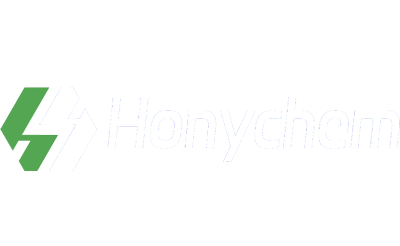The global rubber industry is witnessing a significant surge in demand for natural rubber, driving growth and presenting new opportunities. This increase in demand can be attributed to several factors, including the rise in automotive production, expansion of the construction sector, and the growing popularity of sports and recreational activities. As a result, rubber manufacturers are ramping up production and exploring sustainable sourcing methods to meet the rising market needs.
The automotive industry, in particular, has been a major driving force behind the increased demand for natural rubber. With the global shift towards electric vehicles (EVs), the demand for rubber components used in tires, seals, and gaskets has soared. EV sales have been on the rise as countries worldwide prioritize sustainable transportation. This shift has prompted rubber manufacturers to invest in research and development and increase production capacity to meet the growing demand.
Additionally, the construction sector has also contributed to the surge in natural rubber demand. Rubber-based products, such as adhesives, sealants, and roofing materials, are widely used in the construction industry due to their durability, flexibility, and weather resistance. As construction projects continue to expand, the demand for these rubber products has increased correspondingly.
The popularity of sports and recreational activities has further fueled the demand for natural rubber. Rubber-based sporting goods, including balls, athletic shoes, and protective gear, have gained considerable traction among fitness enthusiasts and professional athletes. The growing health and wellness trend, coupled with increased participation in sports and recreational activities, has resulted in an upswing in the demand for rubber products in this sector.
To meet the rising demand for natural rubber, manufacturers are exploring sustainable sourcing methods. Researchers are actively studying alternative sources of rubber, such as guayule and dandelion, which can be cultivated sustainably and reduce reliance on traditional rubber tree plantations. These alternative sources have the potential to revolutionize the industry by offering a more environmentally friendly and resilient supply chain.
In conclusion, the rubber industry is experiencing a surge in demand for natural rubber, primarily driven by the automotive, construction, and sports sectors. To meet this demand, manufacturers are increasing production capacity and exploring sustainable sourcing methods. As the industry continues to evolve, the focus on sustainable practices and innovative solutions will be crucial for its long-term success.
Surge in Demand for Natural Rubber Boosts Rubber Industry
2020-10-02by jiajunwei


